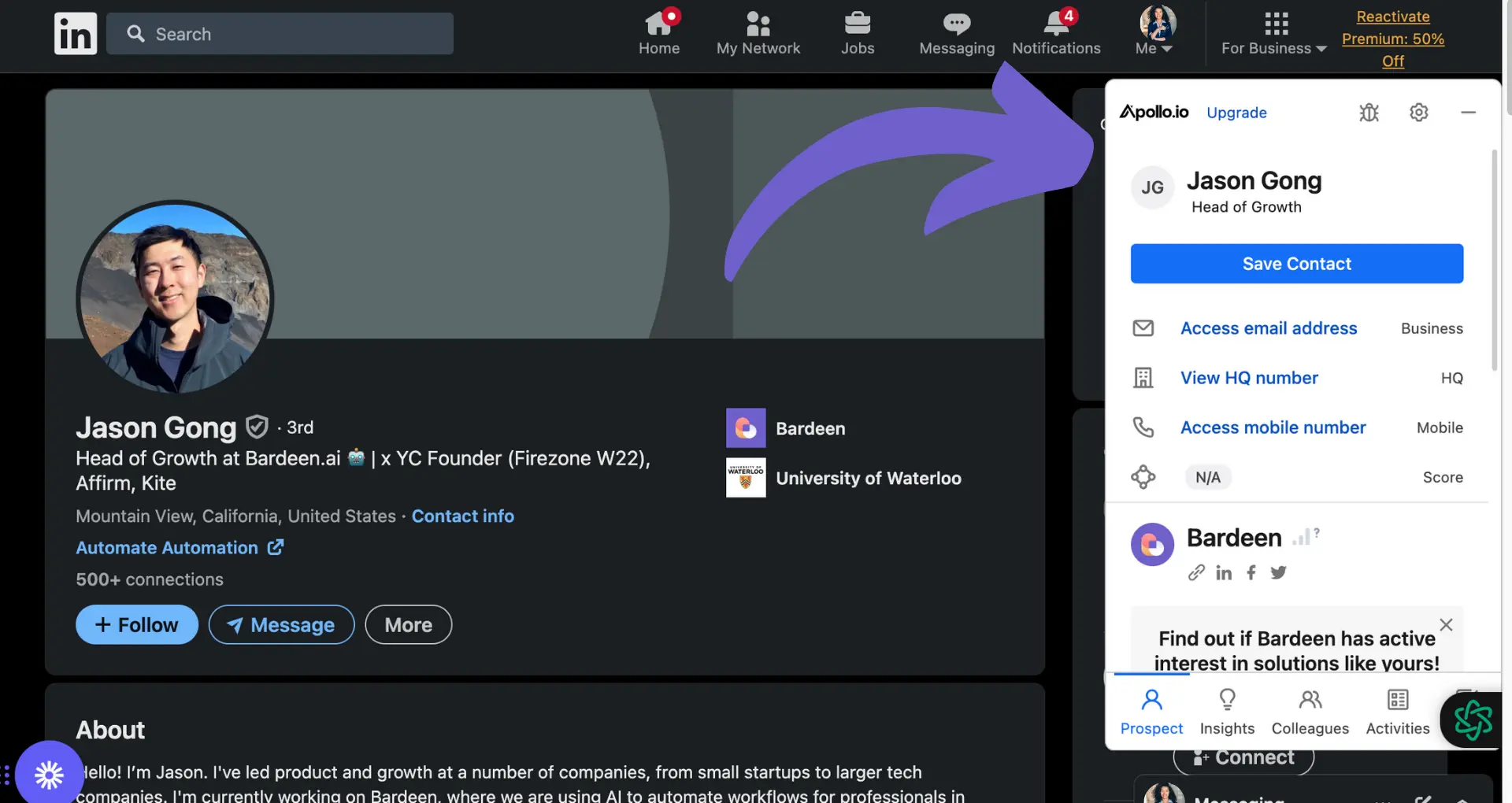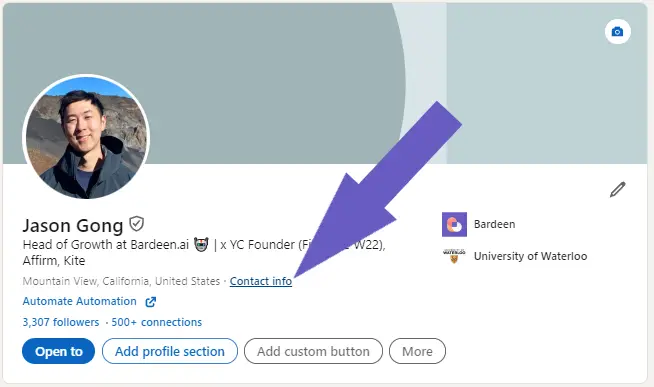Uploading leads in bulk to Salesforce can save time and effort, but it requires careful preparation and execution. In this step-by-step guide, we'll walk you through the process of mass uploading leads using CSV files, from formatting your data to monitoring the import progress. By following these best practices, you can ensure a smooth and successful data import that will help you efficiently manage your leads in Salesforce.
Preparing Your CSV File for Salesforce Import
Properly formatting your CSV file is crucial for a successful Salesforce lead import. Follow these steps to ensure your data is compatible and ready for upload:
- Clean your data by removing duplicates and correcting any formatting errors, such as inconsistent date formats or incorrect phone number layouts.
- Ensure that all required fields are included in your CSV file, such as First Name, Last Name, Email, and Company.
- Format your data according to Salesforce's field requirements:
- Text fields: Ensure that text data is enclosed in double quotes if it contains commas or other special characters.
- Date fields: Use the format MM/DD/YYYY or YYYY-MM-DD.
- Number fields: Remove any commas or currency symbols, and ensure that decimal points are used instead of commas for decimal values.
By taking the time to properly prepare your CSV file, you can avoid common import errors and ensure a smooth data upload process in Salesforce. For additional tips on lead enrichment, check out our resources.
Choosing the Right Tool for Uploading Leads
When importing leads into Salesforce, it's essential to choose the right tool based on the size and complexity of your data set. Here are some options to consider:
- Data Import Wizard: Best for smaller, simpler data sets (up to 50,000 records). It offers an easy-to-use interface for importing data.
- Data Loader: Ideal for larger data sets (up to 5 million records) and more complex imports. It provides a command-line interface for advanced users.
- Bulk API: Suitable for very large data sets (millions of records) and offers efficient processing. It requires more technical expertise to set up and use.
The Data Loader also provides a user-friendly interface for those who prefer a graphical user interface, while still offering advanced features and the ability to handle larger data sets compared to the Data Import Wizard.
Consider the size of your data set, the complexity of your import requirements, and the technical expertise of your team when selecting the appropriate tool for your lead upload process. For more on optimizing your sales process, check out sales prospecting tools that can help streamline your workflow.
Bardeen automates your sales tasks. Automate sales prospecting to save time and focus on closing deals.
Mapping Your CSV Fields to Salesforce Fields
When importing leads from a CSV file, it's crucial to align the column headers in your CSV with the corresponding Salesforce field names. This process ensures that data is correctly mapped and imported into the right fields within Salesforce.
To map your fields, follow these steps:
- In the import wizard, review the column headers from your CSV file.
- Match each column header to the appropriate Salesforce field by selecting the corresponding field from the dropdown menu.
- Pay special attention to mapping relationships correctly, such as linking contacts to accounts or leads to campaigns. Ensure that the necessary fields for these relationships are included in your CSV and mapped accurately.
If you have custom fields in Salesforce, make sure to include them in your CSV file and map them to the appropriate custom field names during the import process. Double-check that the field types (e.g., text, number, date) match between your CSV and Salesforce to avoid any data inconsistencies.
By taking the time to carefully map your CSV fields to Salesforce fields, you'll ensure a smooth and accurate data import, saving time and effort in the long run. For more tips, see our AI Sales Automation Field Guide.
Running the Import and Monitoring Progress
Once you've mapped your CSV fields to Salesforce fields, it's time to initiate the import process. In the Data Import Wizard, click the "Start Import" button to begin uploading your leads. If you're using the Data Loader, navigate to the "Insert" operation and select your mapped CSV file.
During the import, keep an eye out for any errors or warnings. Common issues that may arise include:
- Data formatting errors, such as incorrect date formats or phone numbers
- Field mapping issues, where data is imported into the wrong fields
- Validation rule violations, where imported data doesn't meet the criteria set by Salesforce validation rules
To monitor the import progress, check the status of your import job in the Data Import Wizard or Data Loader. Look for any error messages or failure notifications, and review the error log for specific details on which records failed to import and why.
After the import is complete, verify the accuracy of your imported data by spot-checking a few records in Salesforce. Ensure that fields are populated correctly and relationships are properly established. If you encounter any issues, refer to the error log to identify and resolve them before proceeding with additional imports or data management tasks. For more efficient data handling, consider integrating Excel with Salesforce.
Save time and avoid repetitive tasks by connecting Excel with Bardeen. Automate your data management effortlessly.
Best Practices and Troubleshooting
To ensure a smooth mass upload of leads using CSV files in Salesforce, consider the following best practices:
- Perform test imports with a small subset of your data to verify field mapping and data integrity
- Back up your existing Salesforce data before running a large import to minimize the risk of data loss
- Double-check your CSV file for any formatting errors, missing data, or inconsistencies before importing
If you encounter issues during the import process, try these troubleshooting tips:
- Review the error log to identify specific records and fields causing issues
- Verify that your CSV file is properly formatted and contains all required fields
- Check field-level security settings to ensure you have the necessary permissions to import data into specific fields
- Reach out to Salesforce support or consult the Salesforce community for additional guidance on resolving complex issues
To maintain a clean and accurate Salesforce database, implement ongoing data maintenance practices, such as:
- Regularly deduplicate your lead records to avoid redundancy and confusion
- Establish data validation rules to ensure consistency and accuracy across all records
- Train your team on proper data entry and import procedures to maintain data quality over time
By following these best practices and proactively addressing any issues that arise, you can streamline your mass lead upload process and maintain a reliable, up-to-date Salesforce database.






